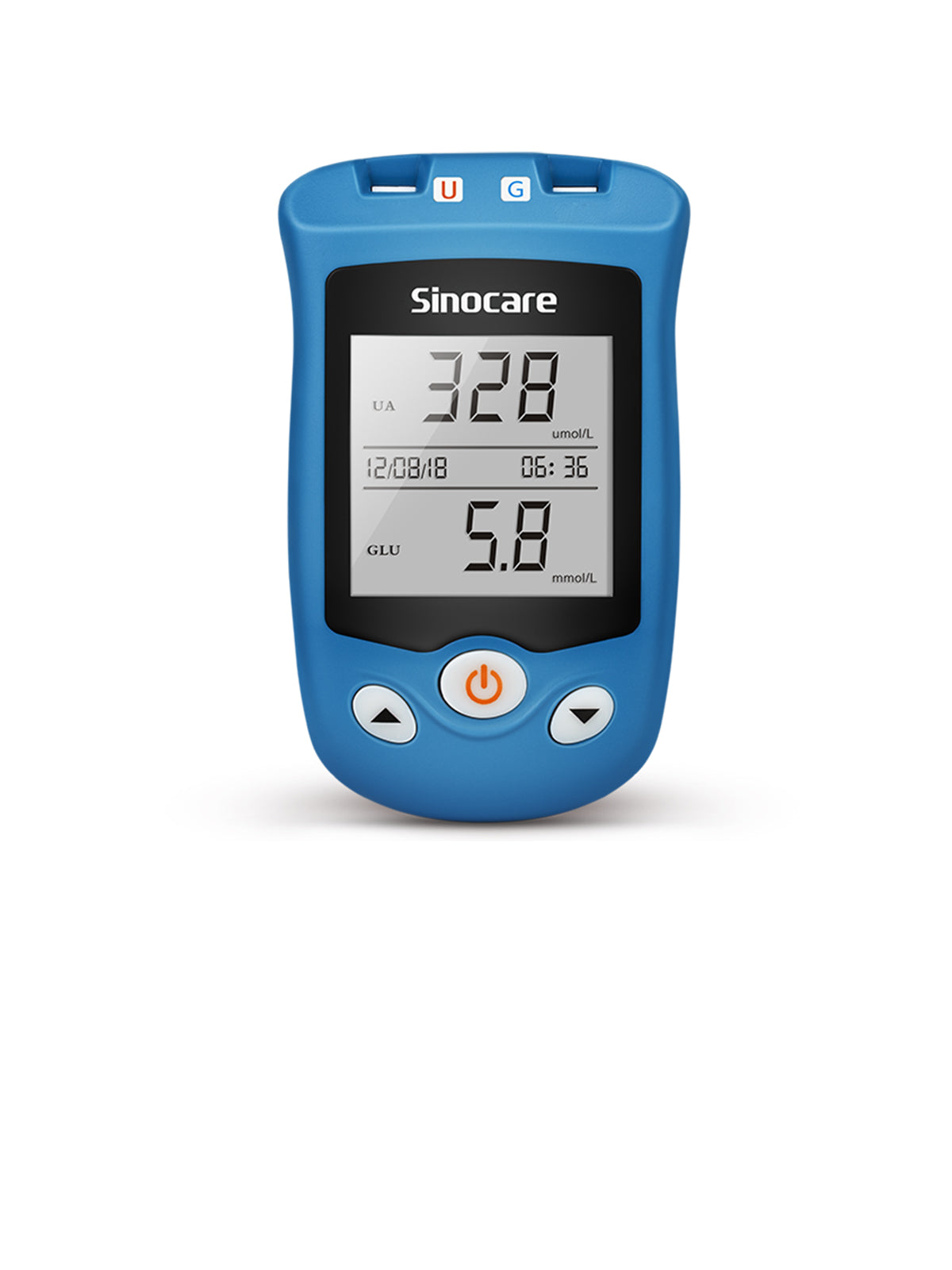In the realm of health and wellness, certain conditions are often associated with specific body types. Take type 2 diabetes, for instance. Traditionally, it's been closely linked with obesity. However, in recent years, there's been a notable shift in this narrative. Surprisingly, individuals with seemingly normal body weights are also being diagnosed with type 2 diabetes. This phenomenon begs the question: Why do non-obese people develop type 2 diabetes? Let's delve into this intriguing topic.

Why do non-obese individuals get diabetes?
The main researchers of the ReTUNE study believe that each person has individualized levels of fat storage in their body. For some individuals, their fat storage levels may be considered safe, while for others, it may have exceeded a dangerous threshold, making them more susceptible to related diseases, such as type 2 diabetes.
Based on this theory, there is currently a hypothesis known as the individualized fat threshold hypothesis, which suggests that the onset of type 2 diabetes depends on the susceptibility of individual organs to adverse effects of fat metabolism. This means that even in non-obese populations, there exist similar mechanisms leading to the development of type 2 diabetes as in obese populations.
Many organs and tissues in the body can store fat tissue, such as the liver, muscles, pancreas, subcutaneous tissues, and intra-abdominal omentum. Research indicates that if there is an increase in subcutaneous fat tissue alone, its adverse effects on metabolism are relatively small. However, if fat accumulates excessively within organs, it can lead to insulin resistance, making individuals more prone to obesity-related metabolic diseases, such as type 2 diabetes.
For example, even if someone's body shape hasn't reached the level of overweight/obesity, if the fat stored in their liver exceeds their personal threshold, it can lead to conditions like fatty liver, insulin resistance, and ultimately, diabetes. This is one of the main reasons why non-obese populations develop type 2 diabetes.
Do non-obese individuals with diabetes have the same treatment methods as overweight/obese individuals?
The answer is yes. Because the mechanisms behind type 2 diabetes in non-obese individuals are essentially the same as those in overweight/obese individuals—both involve excess fat accumulation (beyond what the individual can tolerate) and insulin resistance.
Therefore, some commonly used anti-insulin resistance medications and lifestyle interventions are equally applicable to non-obese individuals with type 2 diabetes.
Recent clinical studies have confirmed that effective weight loss can lead to diabetes remission in newly diagnosed non-obese individuals with type 2 diabetes. Results from the ReTUNE study show that among non-obese diabetes patients with a disease duration of less than 6 years, an average weight loss of 6.4% through intensive lifestyle interventions can lead to diabetes remission in 70% of patients. It's important to emphasize that weight loss isn't just about shedding pounds; the focus is on reducing excess fat in the body.
In the ReTUNE study, diabetes patients undergoing intensive lifestyle interventions saw a reduction in liver fat from 4.0% to 1.6%, pancreatic fat from 6.1% to 5.0%, and a decrease in blood triglyceride concentrations from an average of 1.4 mmol/L to 0.9 mmol/L.
What measures should be taken to prevent non-obese individuals from getting diabetes?
Firstly, we should not only pay attention to our body weight but also to the level of fat in our body, or rather the opposite of fat—muscle content. As mentioned earlier, some people may not look overweight, but their body fat levels may already be excessive, potentially putting them on the path to developing type 2 diabetes.
How can we determine if our body fat levels are excessive?
While going to a professional hospital and using advanced instruments to measure body fat content is undoubtedly accurate, it can be costly. Instead, we can use some simple and cost-effective methods to conduct self-examinations, such as measuring waist circumference.
Waist circumference can reflect the degree of abdominal fat accumulation in individuals. For men, a waist circumference exceeding or approaching 90 centimeters indicates that body fat levels may be excessive; for women, the threshold is 85 centimeters.

Secondly, regular exercise is essential. Exercise helps increase muscle content in the body while also burning some fat, which is highly beneficial for preventing and managing type 2 diabetes. It's worth noting that casual activities like post-meal strolls, chatting while walking, or leisurely strolling typically do not increase muscle content significantly。
Aerobic exercise also reduces abdominal fat, helps lower insulin resistance, and improves blood sugar levels while simultaneously reducing weight.
Resistance training, on the other hand, requires specific forms of exercise and sometimes assistance from fitness equipment, such as leg lifts, static wall squats, dumbbell lifts, and resistance band pulls. These exercises help enhance muscle training, increase muscle strength and mass, and improve muscle endurance while reducing muscle loss.
Combining aerobic and resistance training can achieve the dual effect of fat loss and muscle gain, effectively preventing and managing diabetes.
Final thoughts
In conclusion, the rise of type 2 diabetes in non-obese individuals highlights the significance of personalized fat thresholds and the role of excess fat accumulation in metabolic dysfunction. Treatment approaches, including lifestyle interventions and weight loss, are equally effective regardless of body weight. Prevention strategies should focus on monitoring body fat levels, engaging in regular exercise, and combining aerobic and resistance training for optimal metabolic health.










Laisser un commentaire
Tous les commentaires sont modérés avant d'être publiés.
Ce site est protégé par hCaptcha, et la Politique de confidentialité et les Conditions de service de hCaptcha s’appliquent.